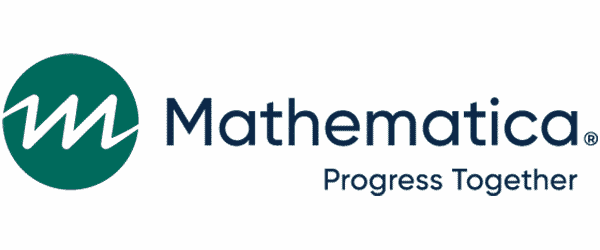
Home » Transcript Library » Thematic Analysis of Qualitative User Research Data
Thematic Analysis of Qualitative User Research Data
When you have a lot of data from research, like interviews, focus groups or field studies, how do you begin to analyze them? We have a lot of qualitative data, essentially what we want to do is try to uncover themes in the data, and we do this by exploring similarities and relationships between different chunks of the data. This process is called thematic analysis.
Now there are many ways you can do a thematic analysis. I’m really into more visual means of analyzing, because I think it helps teams to see those similarities and relationships in the data more clearly. So, I’m going to show you a very cheap and easy method of performing a thematic analysis in a very visual way. And all you need are these materials which all UX teams have. So, we’re gonna start off by printing your transcripts and field notes and going through and highlighting important sections that are relevant to your research questions.
I find this is a great activity to do with your team. You can run a team analysis session where you give each team member a transcript to read and highlight. They can also make notes in the margin of anything that comes to mind. Once complete, they then pass that transcript on to the next team member on their left and receive another transcript from the team member on their right. By the end of, say, two hours, everyone in your team is engaged with all the raw data and you’ve just helped them to have a greater understanding and empathy for their users.
Next, we want to cut out all the sections that have been highlighted and we want to fix them onto stickies and get them up on a whiteboard or a wall. When you’re cutting out sections of the transcript, it helps to cut out fairly large sections as opposed to really small sections like these because you want to be able to look at the text and understand enough about the context. Also make a note of the participant number on each sticky, so that you can refer back to the full transcript if you need to. We now have all of these stickies on the whiteboard. What we want to do now is organize these in terms of what they’re about. We’re adding here what’s called descriptive labels. So, we’re going to go through, group them and name the categories.
Once we have our categories, we want to start thinking about how these all relate to each other. And this is the part that most people find the most difficult and also takes some time. So here, I’m creating a new grouping because I can see multiple participants talking about approaching cooking in a very flexible way. Wanting to throw ingredients together to make a successful dish, and also have ingredients that can be used in many different recipes. So, I’m giving this grouping a new name to describe this finding. As we proceed in this way some of these groups are going to collapse or expand and we’re going to give them new category names and describe those findings. So, as you can see this method is very visual and it can be done collaboratively with your team. You can learn more about this method of thematic analysis and other methods of analysis in our course on User Interviews at our UX conference.
Copyright Disclaimer
Under Title 17 U.S.C. Section 107, allowance is made for “fair use” for purposes such as criticism, comment, news reporting, teaching, scholarship, and research. Fair use is permitted by copyright statute that might otherwise be infringing.






